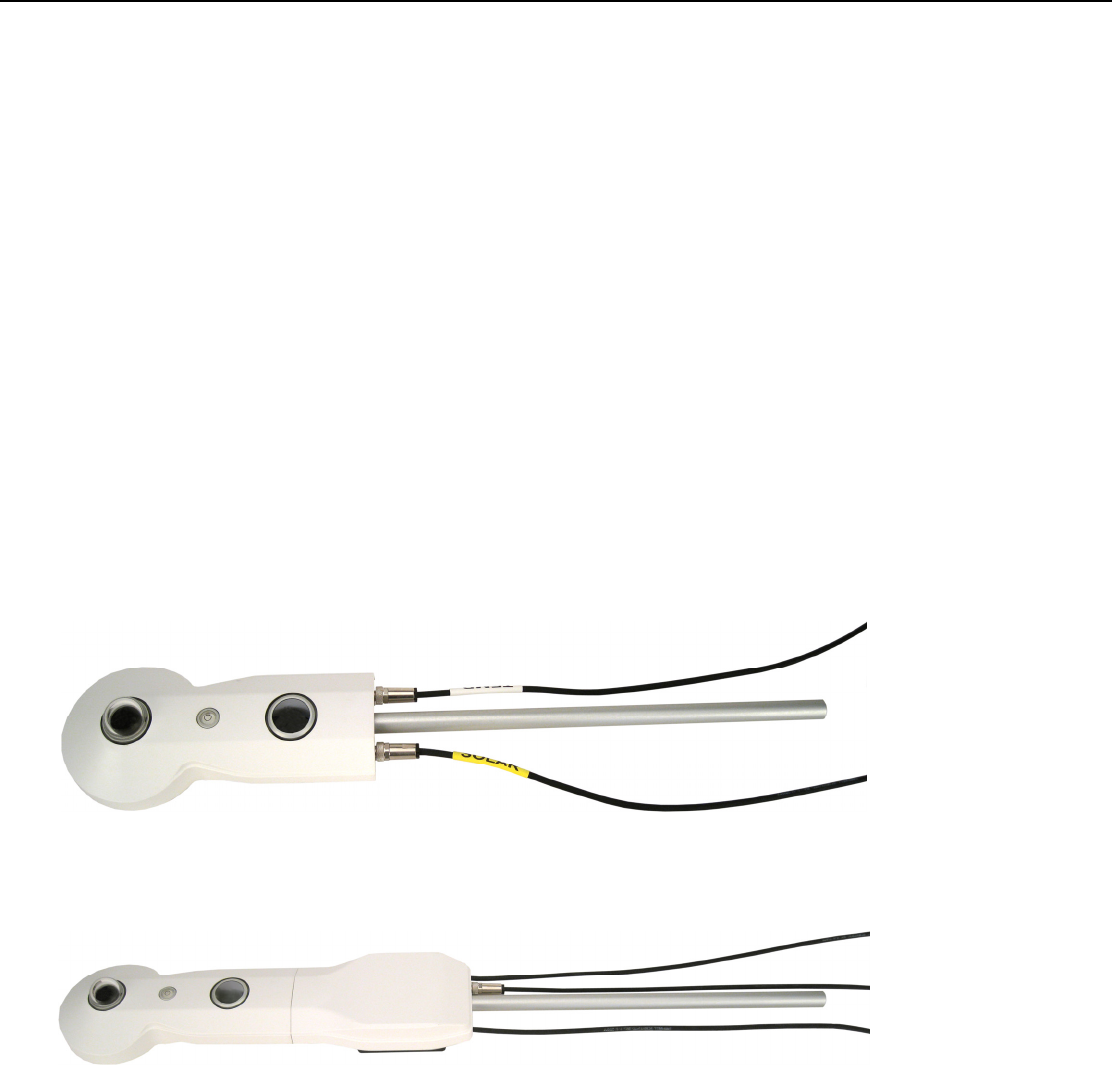Specifications
Table Of Contents
- Revision and Copyright Information
- Warranty and Assistance
- Table of Contents
- CNR4 Net Radiometer
- 1. General Description
- 2. Sensor Specifications
- 3. Installation
- 4. Using the Optional CNF4 Heater/Ventilator Unit
- 5. Using the CNR4 in the Four Separate Components Mode
- 5.1 Measuring Short-wave Solar Radiation with Pyranometer
- 5.2 Measuring Long-wave Far Infrared Radiation with Pyrgeometer
- 5.3 Measuring CNR4 Temperature with Thermistor
- 5.4 Calculation of Albedo
- 5.5 Calculation of Net Short-wave Radiation
- 5.6 Calculation of Net Long-wave Radiation
- 5.7 Calculation of Net (Total) Radiation
- 6. Wiring
- 7. Datalogger Programming
- 8. Troubleshooting
- 9. Maintenance and Recalibration
- Appendix A. CNR4 Performance and Measurements under Different Conditions
- Appendix B. CNF4 Heater/Ventilator
- Appendix C. CR3000 Program for Measuring Pt-100 Temperature Sensor
- Campbell Scientific Contact Information

CNR4 Net Radiometer
2. Sensor Specifications
The CNR4 consists of two pyranometers, for measuring short-wave radiation,
and of two pyrgeometers for measuring long-wave radiation. Two temperature
sensors are available as standard, a thermistor and a Pt-100. The optional
heater/ventilator unit CNF4-L is available. See Appendix B for more
information on the CNF4-L.
The properties of the CNR4 are mainly determined by the properties of the
individual probes. Generally the accuracy of the CNR4 will be higher than that
of competitive net-radiometers, because the solar radiation measurement
performed by the pyranometer is accurate, and offers a traceable calibration.
Also the optionally integrated heater/ventilator unit improves the accuracy.
Due to the fact that the net short-wave radiation can be very intense, 1000
W/m
2
compared to a typical -100 W/m
2
net long-wave radiation, the accuracy
of the short-wave radiation measurement is critical. Wind corrections, as
applied by less accurate competitive instruments are not necessary. The robust
materials used imply that the CNR4 will not suffer damages inflicted by birds.
Figure 2-1 and Figure 2-2 show the CNR4 with and without the CNF4
heater/ventilator. From a spectral point of view, the pyranometer and
pyrgeometer are complementary, and together they cover the full spectral
range.
FIGURE 2-1. The CNR4 net radiometer with cables and mounting rod, top view.
FIGURE 2-2. The CNR4 net radiometer with CNF 4 heater/ventilator unit, top view.
2










